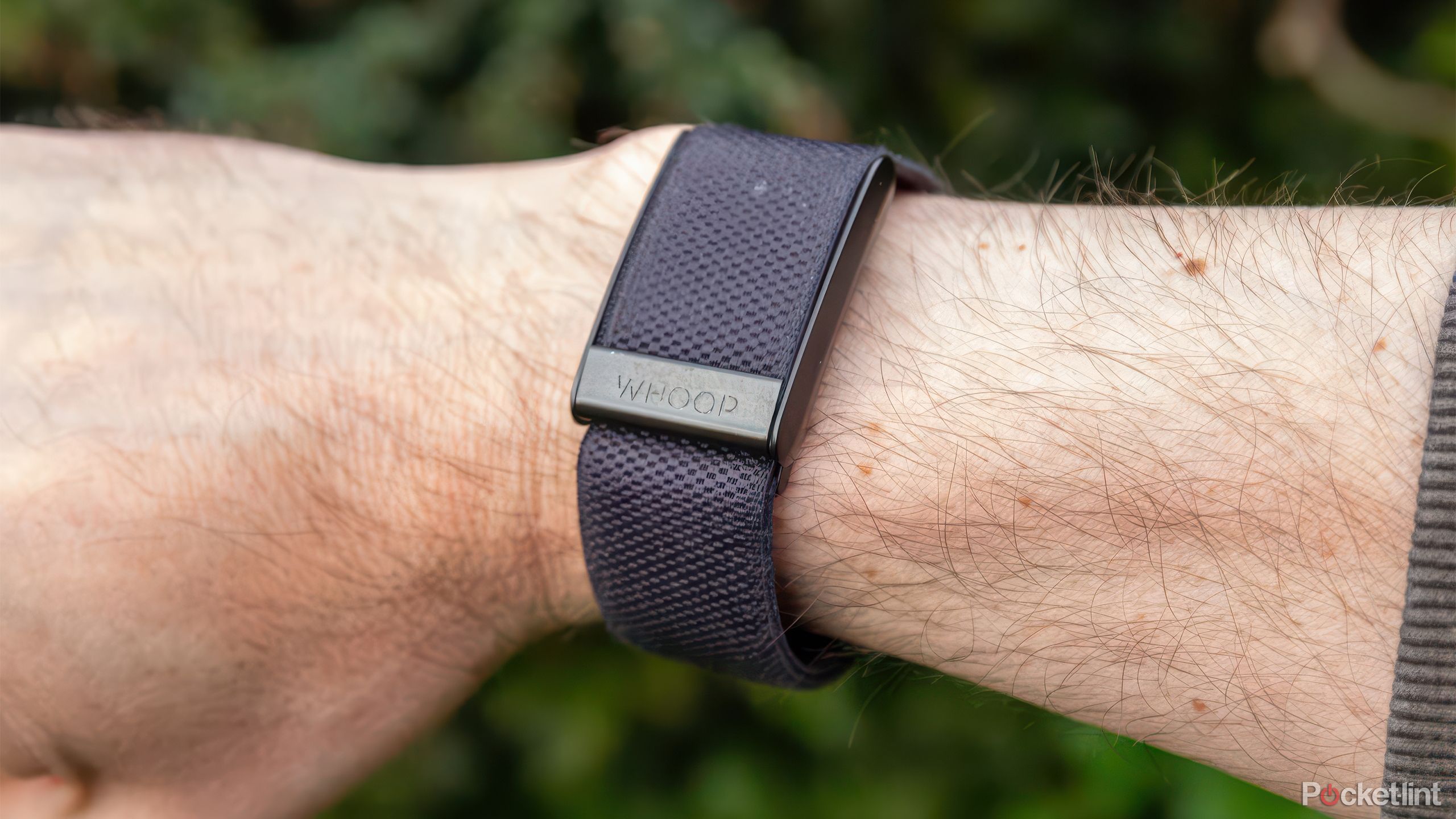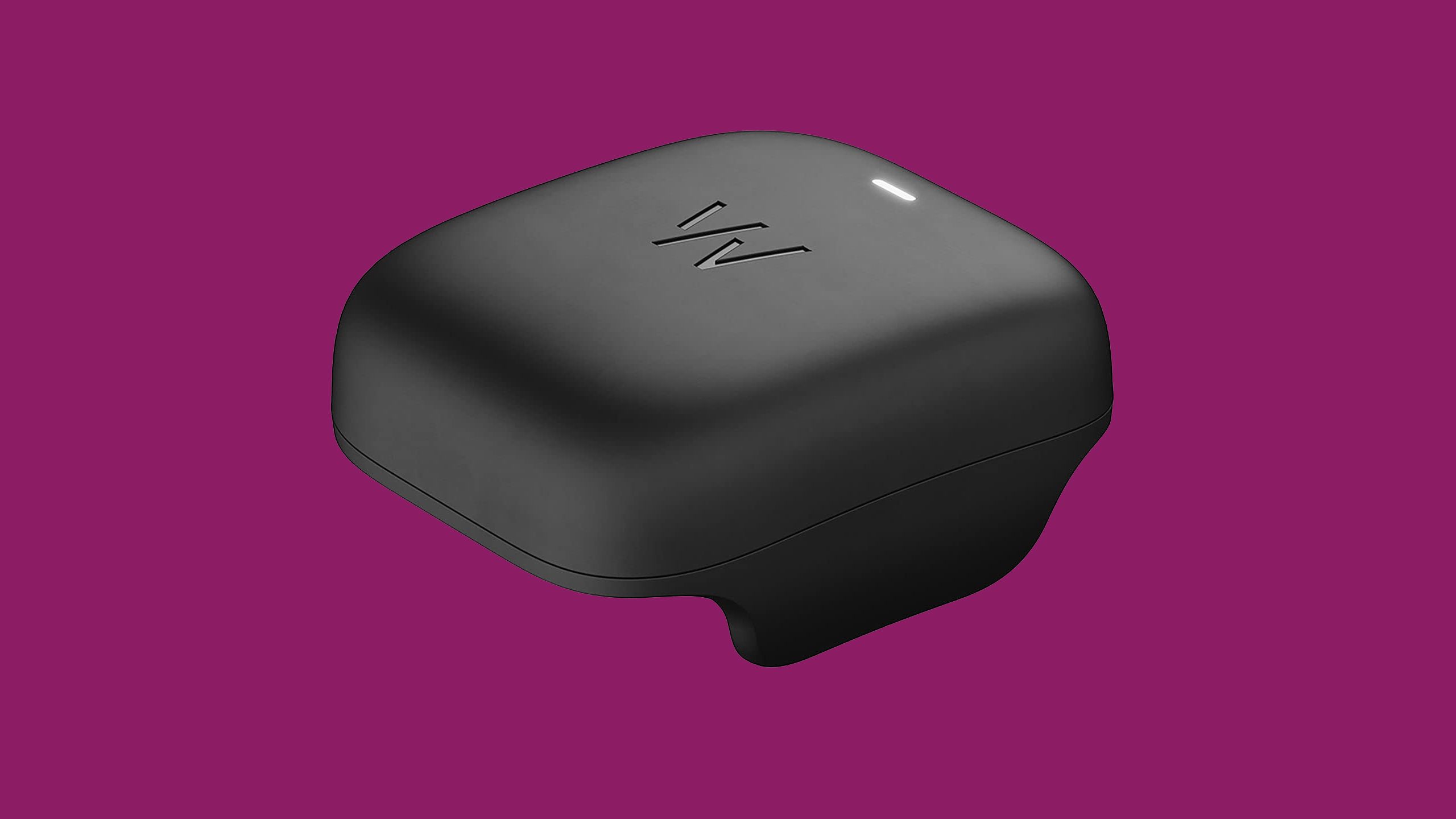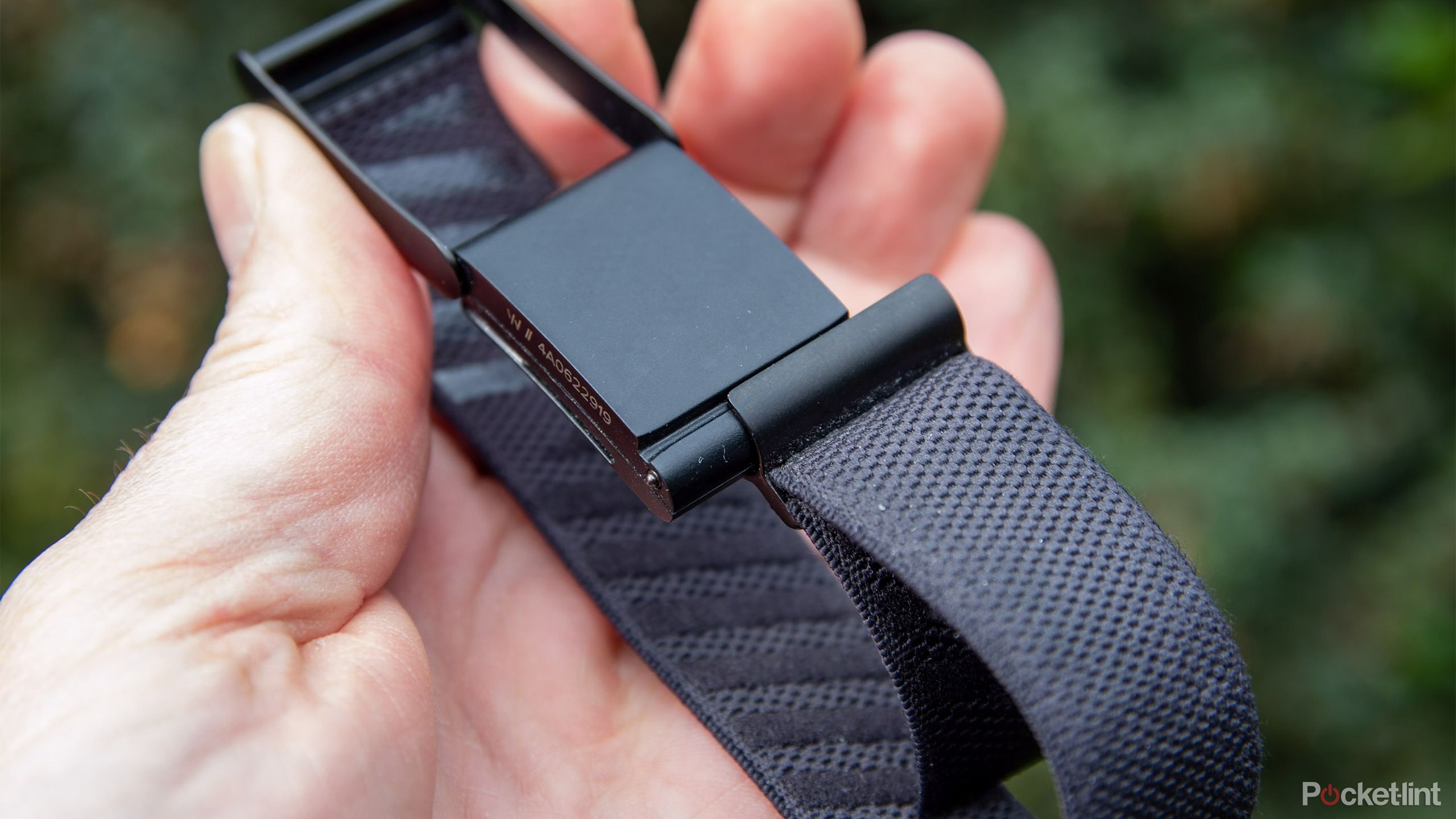5 reasons to get the Whoop band with a smart watch

Key Takeaways
- Whoop offers fewer distractions than smartwatches by not having notifications or apps.
- The Whoop band can be worn on the bicep instead of the wrist, providing practical and figurative flexibility.
- Whoop allows 24/7 wear with no downtime for charging, focusing on the recovery of advanced athletes.
If you’re serious about fitness — and maybe even if you’re not — you’ve probably come across any number of Whoop ads. The company likes to think of its Whoop 4.0 band as unlike any other fitness tracker on the market, and it goes straight for the jugular for people like me. I’m certainly not a professional athlete — but I consider weightlifting a big hobby, and along with being a tech journalist, there might be a bullseye on my forehead.
When you shop at Whoop, you’re making a much more informed choice than just getting a smart watch. There are a number of reasons to go with the Whoop platform — some of which are preferences rather than any inherent benefit. The platform isn’t for everyone, and I’m not going to pull any punches on that.
Related
Does smart technology really add that much to your fitness regimen?
The full answer varies from person to person, but here’s my gym-buff take.
1 A few daily distractions
Hyperconnectedness is not always inclusive
While one of the benefits of a smartwatch is receiving notifications without taking your phone out of your pocket, the associated risk is being full of information — much of it unwanted, such as Uber and DoorDash promotions. Even selective notifications can be overwhelming for some people, increasing anxiety or taking away focus from important things like people, their activities or their exercise. The last thing a powerlifter needs is a sprained wrist when trying to deadlift 500 pounds.
Since there is no screen on the Whoop band, there is no way to receive notifications on it. You can’t use apps or the watch face, so there’s little temptation to text friends, check the time, or over-monitor your calorie burn. You have to pick up your phone to do any of that, which might be enough space to help you concentrate.

Related
4 tricks to ignore when buying a fitness tracker
Put your money where it will do the most good by ignoring features you probably won’t use.
2 You don’t need to wear it on your wrist
Real and figurative flexibility
Whoop
Some smart watches can be reset, but as a rule, they are designed to be worn on your wrist. It’s a very logical place if you’re concerned about visibility and interaction. But if you don’t have a screen or buttons to worry about, there are plenty of other places on the body a fitness tracker can go, as long as it can still monitor blood and movement.
If you don’t want to wear a Whoop on your arm, the next best place is usually your bicep (upper arm). You’ll probably need to buy a dedicated bicep band if you’ve built muscle. Wearing one on your arm keeps it out of the way, though, while making it easy to attach the device’s battery.
If you want to go crazy, Whoop will sell you accessories like boxes, sleeves, compression tops, and even straps that have a place for their tracker. These are of questionable value — it’s much easier to leave a tracker on your arm or bicep than it is to change it between clothes, especially when it comes to washing and charging. Whoop’s band clasps are bad too, so the less time you spend with them, the better.
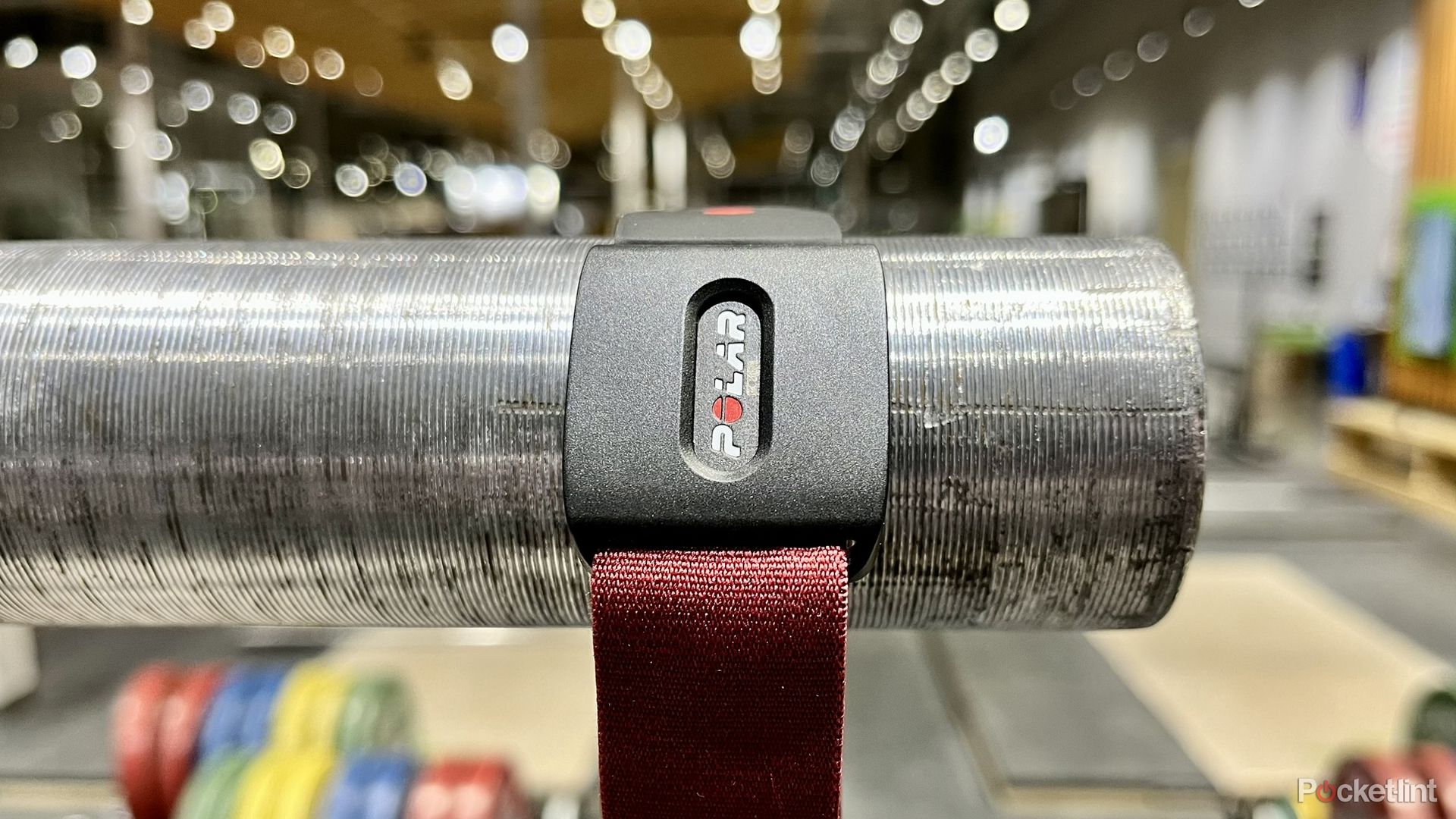
Related
I’m testing one of the weightlifting wearables to see if they’re still fit for use in 2024.
Polar’s Verity Sense armband sensor has some tough competition these days.
3 You can leave it 24/7
No downtime is required
Whoop / Pocket-lint
Speaking of charging, the Whoop battery pack is IP68 water resistant, and can slide right over the tracker while you’re wearing it. If you play your cards right, that can mean no recording interruptions, while even the Fenix 8 Solar will need to be plugged in twice a month or so. Most smartwatches have to be charged frequently, which can cut off important data like sleep patterns.
There are some caveats. You should still clean the skin under your Whoop regularly, and any wearables will end up being uncomfortable with enough friction. You should also not swim with the battery pack on, as it is not limited to the same depth as the tracker.
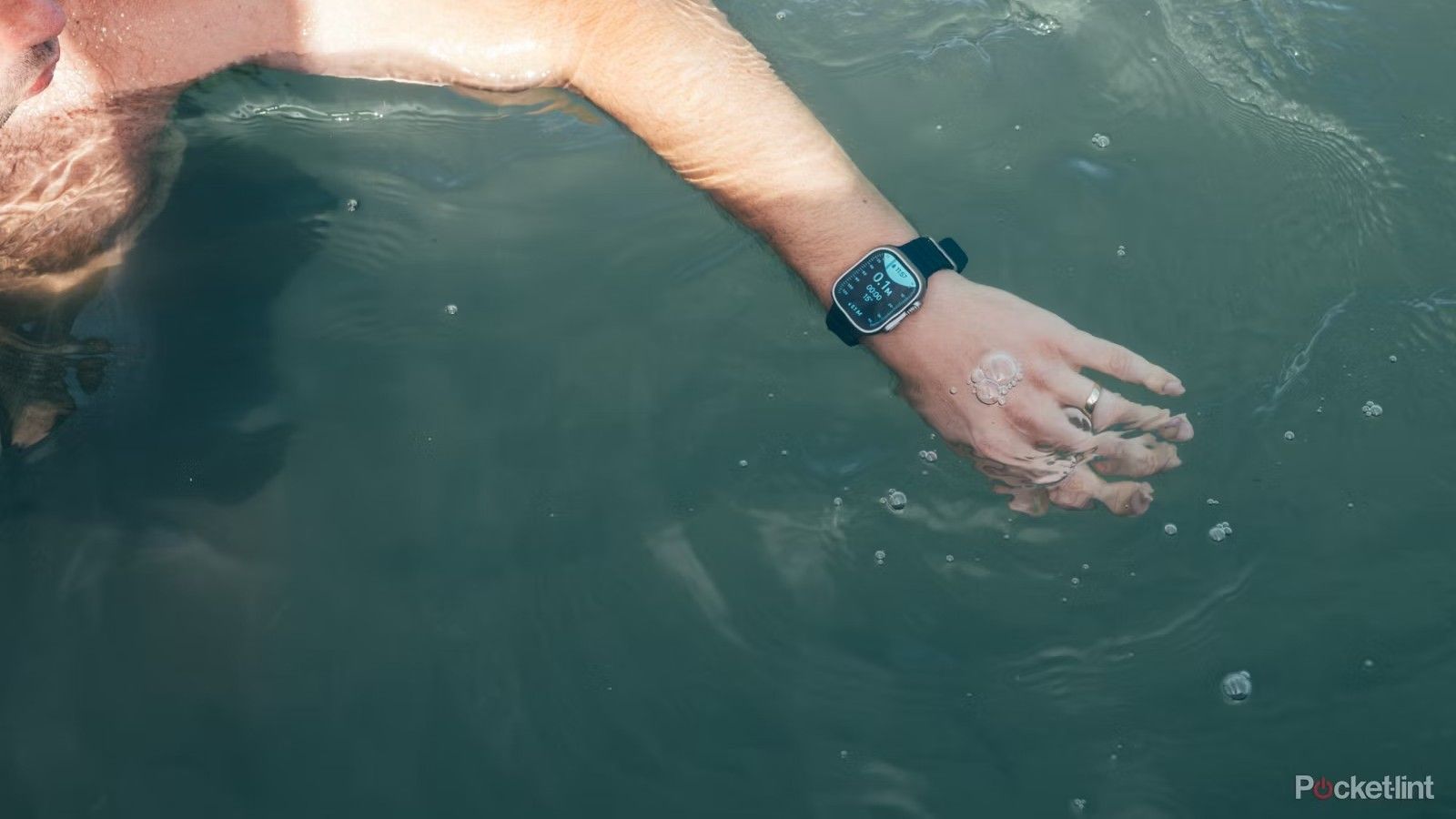
Related
Swimming smartwatches: Track laps without worrying about water damage
These wearables will track metrics such as swim distance, speed, stroke count, SWOLF, and heart rate underwater.
4 Focus on recovery
Which is probably the most important thing for advanced athletes
While smartwatch makers like Apple and Garmin increasingly emphasize related concepts like training load, recovery is front and center with the Whoop. The three main metrics of the platform are Sleep, Recovery, and Difficulty, and the goal is to find those that match to get the most power. Arguably, this is more important to athletes than things like rep tracking or running cadence — at high levels, your form and routines should be (mostly) driven without help from a fitness tracker.
Whoop’s method remains controversial, however. The company uses vague points to summarize its metrics, and recovery may not be your primary concern — climbers need to worry about weather and route planning, for example, and if you’re a competitive runner, you’ll want a split-second. In most cases, you’ll be better off with a smartwatch.
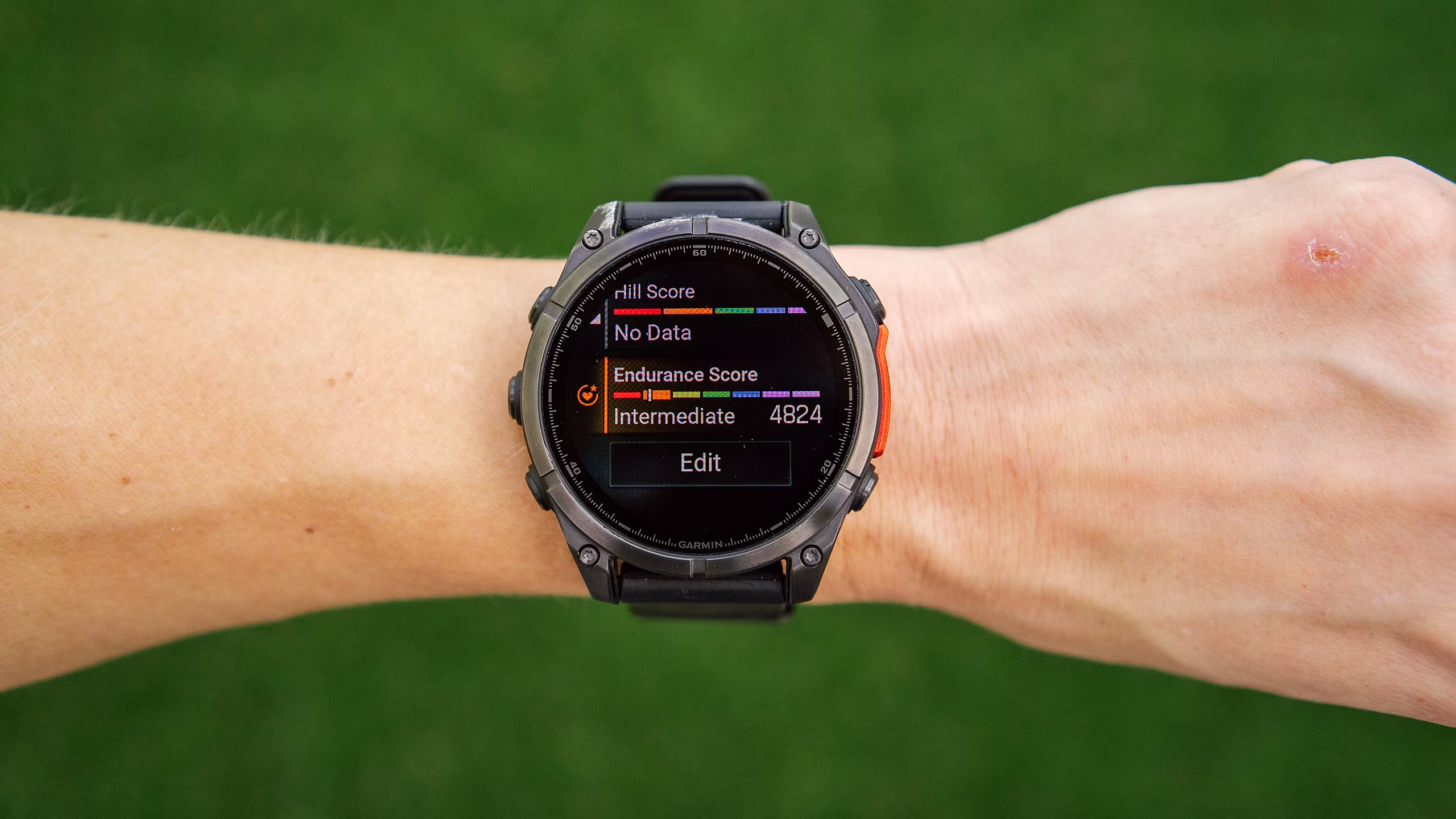
Related
What is the Endurance Score on your Garmin watch, and how can you improve it?
This handy metric can give you a well-rounded view of your current endurance level.
5 (Probably) affordable prices
It depends on your plans
While there’s no way to get a Whoop device without committing to a subscription — $239 for 12 months, or $399 for 24 — that’s still cheaper than buying a new smartwatch if you get one every two or three years. And as a subscriber, you’ll automatically get Whoop 5.0 when it launches.
It’s more expensive than buying a Fitbit, but all subscriptions include simple training and analytics. Those probably won’t contribute much to that 500-pound feat — but they should at least help beginner and intermediate athletes, who may not know how to fully deliver data fitness trackers, watch-based or otherwise.

Wow 4.0
Whoop 4.0 is a unique fitness tracker that completes the display. Despite the lack of a screen, it monitors everything other trackers do, including all-day heart rate, breathing rate, skin temperature, blood oxygen levels, daily activity, and sleep. The Whoop forum then provides you with insight and tips to improve your overall health and performance.
